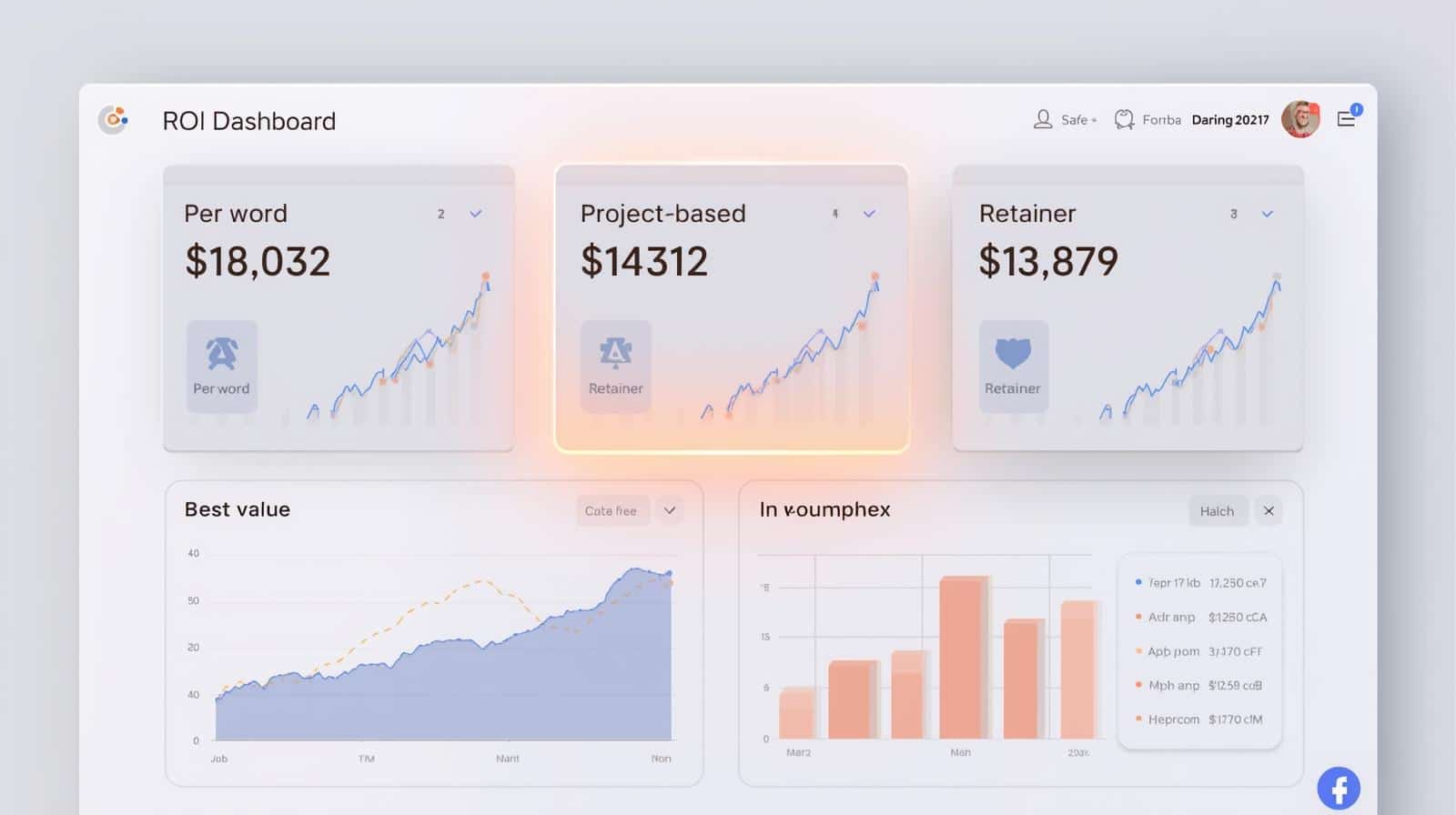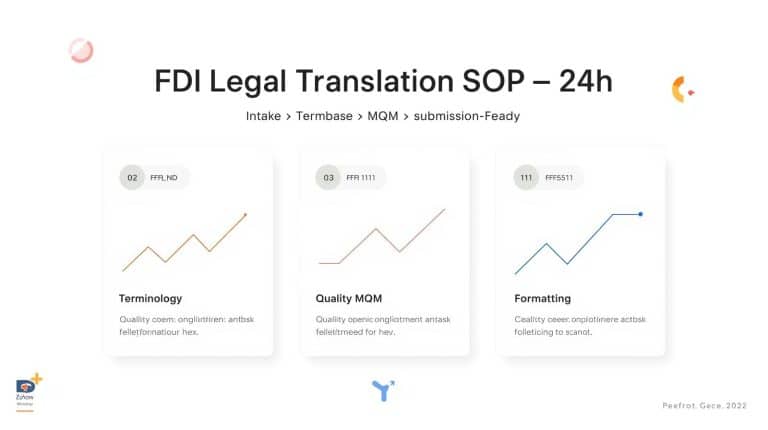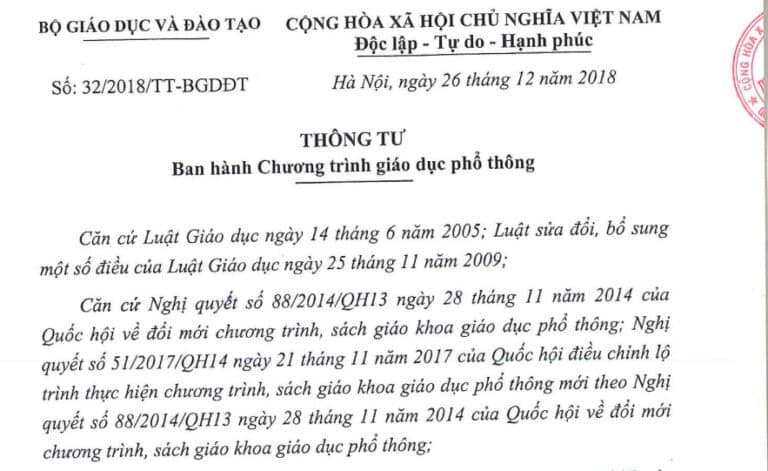You open your email to find three different quotes for the same project: one offers a very cheap “per-word rate,” another proposes a “package deal” that seems higher, and a third suggests a monthly “retainer.” Your first question is likely: “Which one is the cheapest?” But the right question should be: “Which model will give me the fewest headaches—and deliver results that are on time, up to standard, and easiest to sign off on?”
In B2B services (legal, financial/ESG, technical manuals, websites), a price quote is more than just a number. It’s an operational commitment: does it include DTP? Does it have a 2-layer QA + MQM process? Does it come with a “ready-to-submit” delivery checklist, and is the SLA robust enough to let you sleep at night?
Three Common Pricing Models (and When to Choose Them)
1) Per-Word: Easy on the Wallet, but Often Lacks Post-Translation Support
- Best for: Technical blog posts, PR articles, brochures—projects with a clear scope and minimal formatting constraints.
- Why it’s convenient: Easy to estimate costs and flexible for varying volumes.
- Common pitfalls: Many vendors don’t include DTP, MQM, or revision rounds. This makes it “cheap at signing, but expensive at sign-off.”
Tips to avoid budget overruns:
- Finalize an SLA & MQM appendix from the start.
- Clarify if DTP/charts are included or billed separately.
- Specify the number of included revision rounds (e.g., for changes affecting ≤2% of the total word count).
2) Project-Based (Package): All-Inclusive Peace of Mind, as Long as the Brief is Clear
- Best for: FDI legal documents, financial/ESG reports, technical manuals—projects that require precise formatting, numbers, and templates.
- Strengths: Includes translation + 2-layer QA + MQM + DTP + data verification ⇒ reduces the risk of document rejection or last-minute layout changes.
- Requires: A well-defined scope and target template; late changes will become change requests (at an additional cost).
3) Retainer (Monthly/Quarterly): A Dedicated Team on Your Side—Familiar with Your Domain and Quick to Act
- Best for: Websites, PR, or case studies that are updated regularly and involve many small, recurring tasks.
- Strengths: Lowers the average cost per task, provides priority scheduling, and builds a cumulative termbase & style guide, leading to faster turnarounds and fewer errors over time.
- Note: Requires clear KPIs and regular monthly meetings to ensure transparency.
In summary: use per-word for flexibility, project-based for “ready-to-submit” confidence, and a retainer for long-term consistency and overall savings.
How Do SLAs & KPIs Raise or Lower Costs?
Think of an SLA as the “accelerator” for your project: tighter deadlines, higher security requirements, more complex domains… all require more skilled personnel and additional layers of control. Naturally, this increases the price multiplier. Conversely, a stable content pipeline combined with a well-maintained termbase/style guide leads to fewer revisions, less DTP work, and fewer meetings, which in turn reduces the unit cost over time.
KPIs that should be in your appendix:
- Quality: MQM pass/fail (0 Critical errors), format fidelity ≥99%, terminology consistency ≥99%
- Speed: On-time delivery ≥98%, lead time categorized by document type
- Cost: Scope creep ≤5%, second-round revisions ≤2%
- Risk: NDA/DPA compliance, access audit trail
Choosing a Model by Scenario (in “Pain-Free” Language)
- Urgent FDI submission? → Choose a project-based package. The most critical factor is a “ready-to-submit” deliverable in the correct format.
- Financial/ESG report with many tables? → A project-based package + DTP to ensure no numbers or tables are misplaced.
- Continuously updated website? → A retainer for consistent tone and terminology.
- One-off articles or small volumes? → Per-word with a minimal SLA.
Localization ROI: A Simple Formula with a Real-World Example
The formula isn’t new:
ROI = (Net Benefit − Cost) / Cost
The interesting part is that “net benefit” in localization often comes from: increased conversion rates (CR), shorter sales cycles (with well-translated materials, salespeople explain less), reduced revision/DTP work, and avoiding compliance risks.
A realistic (simplified) example:
- Before: Form CR = 1.2%.
- After localization + CTA tweaks: 1.9% (a 0.7 percentage point increase).
- Traffic: 20,000/month. Lead-to-qualified-deal rate: 3%. Deal size: $3,000.
Let’s crunch the numbers:
- Additional leads = 20,000 × 0.7% = 140
- Deal ≈ 140 × 3% = 4
- Increased revenue ≈ $12,000/month
Month 1 Cost: $4,000 (implementation) + $1,000 (retainer) = $5,000.
→ Month 1 ROI ≈ +140%. From Month 2, only the $1,000 retainer remains → ROI ~ +1,100%.
There’s no magic here—just the right language for the right audience, with the right context and technical signals.
Addressing “Hidden” Costs from the Start
- DTP (InDesign/IDML, complex charts, tables)
- Numerical & Reconciliation Checks (finance/ESG)
- SME Review (Subject-Matter Expert review when needed)
- High Security (dedicated repositories, access logs, advanced encryption)
- Urgent/After-Hours Work (SLA multipliers)
- Multilingual Project Management (coordinating versions & timesheets)
Tip: Any “hidden fee” can cease to be hidden if it’s included in the appendix from day one.
A Transparent Quote Template (Copy for Your Next Contract)
- Scope: Document type, page/word count, languages, source/target formats
- Deliverables: Translation, 2-layer editing, MQM report, DTP, print-ready files, terminology & change log
- SLA & KPI: On-time delivery, MQM pass/fail, format fidelity, security
- Pricing & Surcharges: Per-word/package/retainer; DTP; SME; security; urgency fees
- Revision Clause: Scope of included second-round revisions; change request mechanism
- NDA/DPA: Data scope, storage, deletion, audit trails
- Payment & Acceptance: Deposit milestones, final delivery confirmation, acceptance criteria
Quick Recommendations by Persona
- Legal/Compliance: Project-based package + legal MQM + DTP for templates → reduce risk of rejection.
- Finance/ESG: Project-based package + numerical checks + DTP for tables → 0 Critical errors on numbers and units.
- Tech/Ops (Manuals): Package (if project-based) or retainer (if continuously updated) → ensure consistency of icons, units, and safety warnings.
- Marketing (Web/PR): Retainer + keyword mapping, hreflang, CRO → achieve speed and consistency.
Quick Q&A:
On paper, yes. But if it lacks DTP/MQM/revisions, the total cost is often higher.
The more urgent, secure, or complex the domain, the more control layers are needed, which increases the price multiplier.
For legal/finance/manuals, it's almost mandatory to get a "ready-to-submit" or "ready-to-print" file.
Not at all. You just need your CR, traffic, conversion rate, and deal size. Excel can handle the rest.










